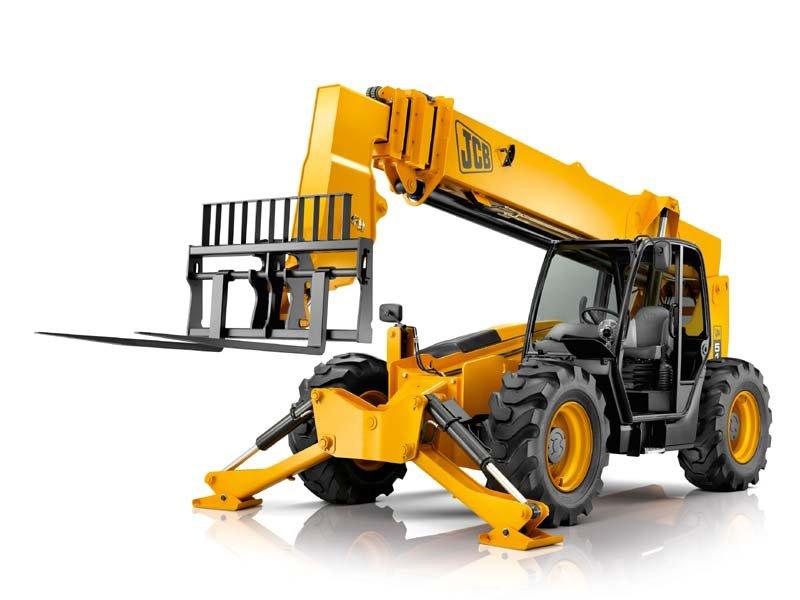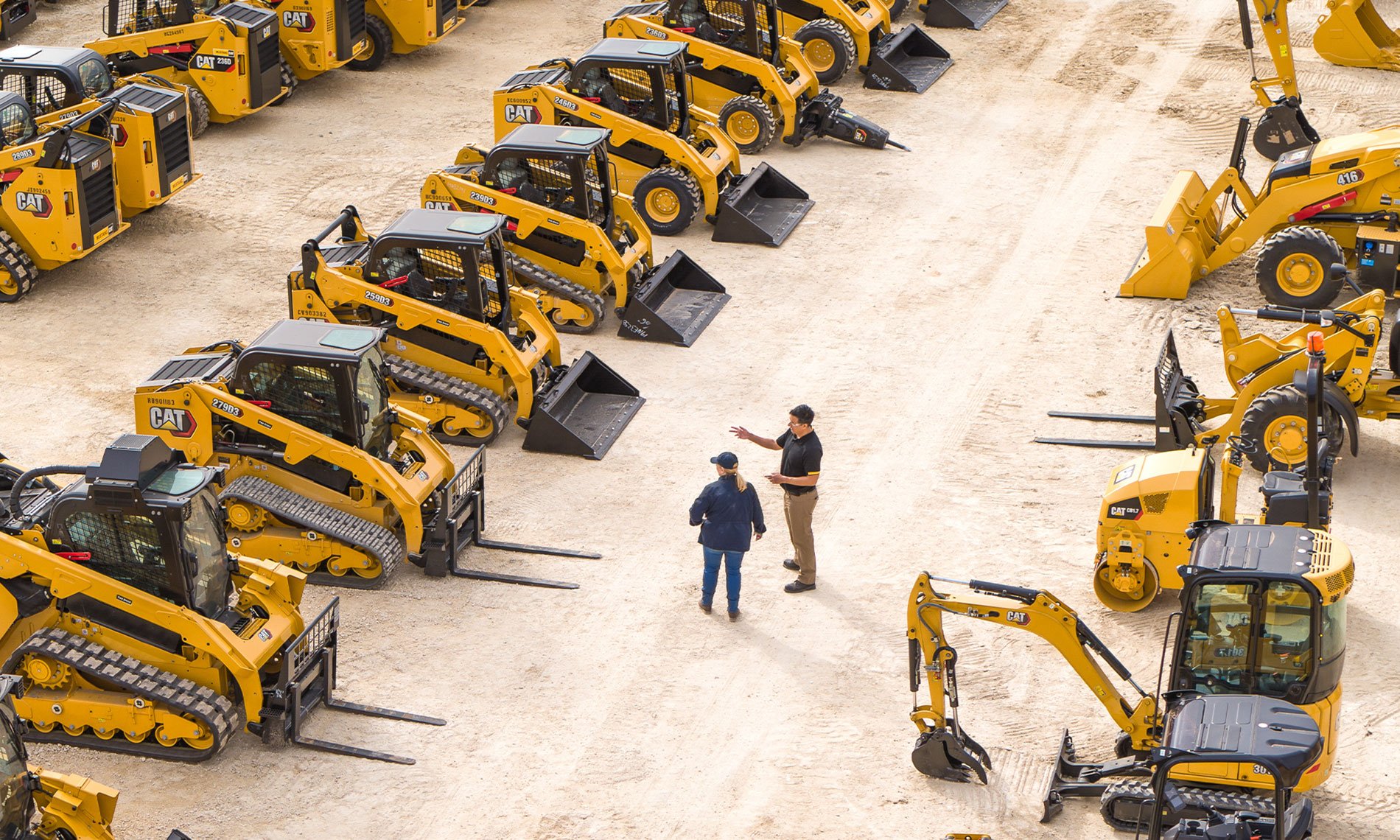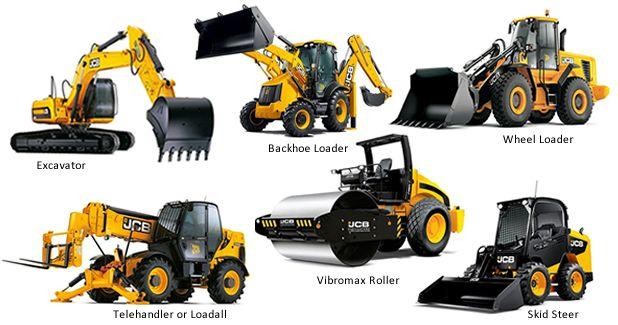Construction Equipment Rentals: Sturdy Equipment for Your Jobs
Construction Equipment Rentals: Sturdy Equipment for Your Jobs
Blog Article
Optimize Your Spending Plan by Understanding the Costs Connected With Construction Equipment Services
Recognizing the complete scope of expenses connected with building and construction equipment services is essential for maximizing your budget. What techniques can be employed to effectively handle these prices and make sure a much more reliable rental experience?
Overview of Rental Expenses
When thinking about building equipment leasings, recognizing the connected expenses is extremely important for effective budgeting and project planning. Rental costs can vary considerably based upon numerous variables, including devices kind, period of rental, and location. The preliminary rental charge often mirrors the devices's market demand and its connected functional capacities, affecting the total expenditure.
In addition to the base rental price, secondary prices might occur, such as transport costs, gas additional charges, and upkeep charges. It is crucial to account for these extra costs to precisely evaluate the complete cost of leasing equipment. The rental duration can impact rates; longer rentals may certify for discounted rates, while temporary services might incur greater everyday charges.

Malfunction of Rental Rates
A detailed understanding of rental prices is necessary for contractors and job managers intending to optimize their budgets. Rental rates for building tools typically consist of numerous elements, consisting of base prices, time-based charges, and usage charges.
Base rates are the core costs linked with the rental of the devices, typically figured out by the type and size of the machinery. These prices can vary dramatically, influenced by elements such as devices need, accessibility, and regional market fads. Time-based fees, which may be daily, weekly, or monthly, offer to accommodate different task timelines and rental durations.
In addition, rental rates might include usage costs, which apply when tools is used past a defined threshold, guaranteeing that the rental firm can represent wear and tear. Seasonal demand changes can likewise affect rental prices, with peak building periods commonly commanding greater prices.
Furthermore, understanding the rental business's plans concerning upkeep and insurance can give more insight into the total cost framework. By analyzing these parts, specialists can make informed decisions, making certain the selection of rental devices straightens with both job needs and budget restrictions.
Extra Charges to Take Into Consideration
Understanding the complexities of extra charges is critical for contractors to manage their general leasing costs successfully. Beyond the common rental prices, different supplementary charges can significantly impact the total price of tools rental. These fees frequently include delivery and pick-up costs, which can differ based upon distance and logistics involved in transferring the equipment to and from the job website.
In addition, some rental firms might impose fuel additional charges if the tools is returned with much less gas than when leased. It is also vital to be aware of prospective cleansing charges, especially for specialized equipment that calls for complete maintenance after use.

Completely reviewing the rental arrangement and clarifying these added costs in advance can aid specialists ensure and stay clear of unexpected expenses that budgets stay intact throughout the job lifecycle.
Repair And Maintenance Costs
Regular repair and maintenance costs are frequently ignored factors that can dramatically influence the general price of building devices services. When renting out equipment, it is critical to consider not just the rental costs yet also the prospective prices related to keeping the equipment in optimum operating condition.
Lots of rental firms include basic maintenance as component of the rental arrangement; however, more comprehensive fixings or unexpected breakdowns can lead to additional costs. It's necessary to assess the rental agreement meticulously to understand what maintenance solutions are covered and what responsibilities fall on the renter.
Additionally, tools that is not properly maintained can lead to inefficiencies on the job site, potentially enhancing and triggering delays project costs. To minimize these threats, it is suggested to perform normal examinations and preserve open communication with the rental provider pertaining to any concerns that arise during use.
Insurance Policy and Responsibility Expenses
Insurance policy and liability prices are essential parts that can dramatically affect the overall expenditure of building and construction tools leasings (aerial lift rental). These expenses guarantee that both the rental company and the client are protected from possible monetary losses arising from crashes, damage, or burglary throughout the rental duration

Additionally, clients should know any their explanation kind of deductibles or exemptions in the insurance coverage policy, as these can affect prospective out-of-pocket costs. Recognizing the conditions of any kind of insurance coverage is crucial to avoid unexpected expenses. Eventually, budgeting for insurance coverage and responsibility costs can help make sure a smoother rental experience and shield versus economic threats related to building and top article construction jobs.
Verdict
To conclude, an extensive understanding of the prices related to building and construction equipment services is crucial for effective budget administration. By analyzing rental rates, additional fees, upkeep expenditures, and insurance coverage demands, people and companies can minimize unexpected expenses. This critical approach not just boosts cost-effectiveness yet additionally ensures that tasks advance efficiently and effectively. Eventually, notified decision-making concerning tools leasings adds to the general success of construction ventures.
Rental expenses can vary significantly based on numerous aspects, including tools kind, period of leasing, and location (aerial lift rental). The rental duration can impact rates; longer rentals might certify for reduced prices, while short-term rentals may incur greater daily costs
By carrying out comprehensive study and engaging with reputable rental business, contractors can properly navigate the intricacies of rental pricing, inevitably maximizing their monetary sources.
Past the common rental rates, different auxiliary fees can dramatically impact the overall cost of tools leasing. Rental firms typically give obligation insurance policy that covers injuries to 3rd celebrations or damages to residential property, while equipment damage insurance coverage can cover the price of fixings or replacement if the leased tools is harmed.
Report this page